
Pushkar, the abode of lord Brahma
The city of the supreme god Brahma, spread out around its sacred lake, exudes the heady scent of spirituality that emanates from all leading pilgrimage centres. In October the peaceful town comes alive as pilgrims and camel drivers gather in their thousands for the Pushkar Fair.
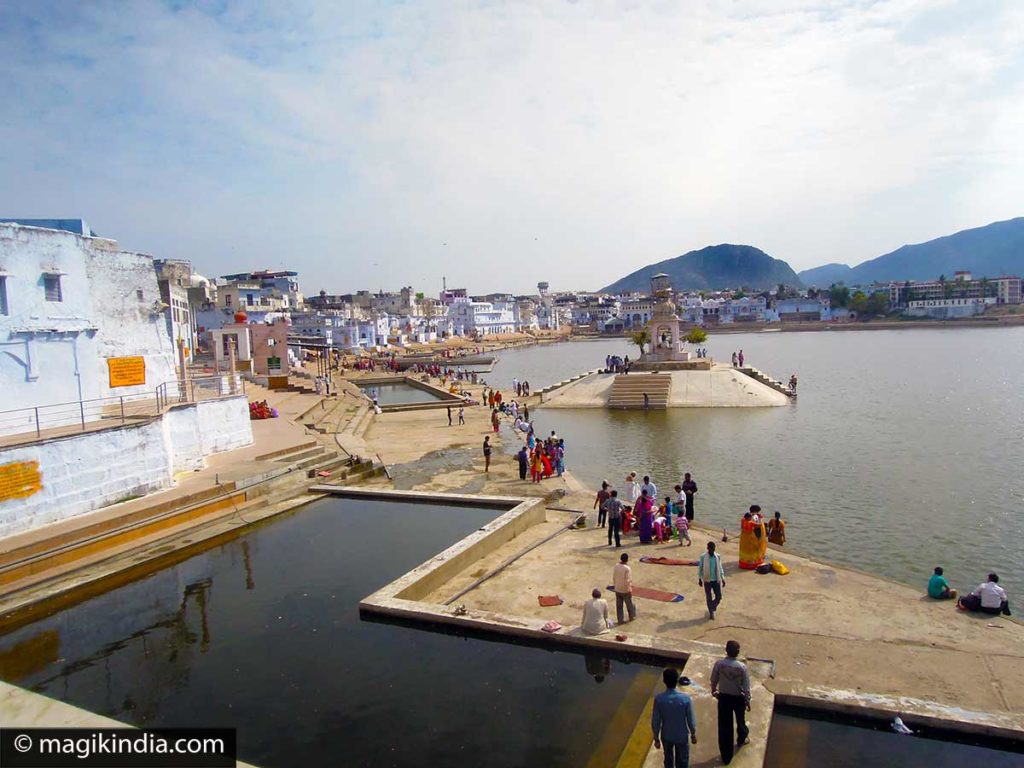
Pushkar (Sanskrit name for the blue lotus) is one of the oldest towns in India and a major pilgrimage centre.
According to one of many legends about it, it was founded by the god Brahma himself. He is said to have killed the demon Vajra Nabh with a lotus flower. The petals then floated down to earth and landed in three places; in each place a lake appeared, Pushkar Lake being one of them.

There is a belief that Pushkar should be visited after the ‘Char Dham’ pilgrimage. In this way pilgrims can obtain salvation.
Once a year, on Kartik Poornima, the full moon night of the Hindu lunar month of Kartik (October – November), a religious festival is held in Brahma’s honour. Thousands of pilgrims come to bathe in the holy Pushkar Lake adjacent to the Brahma temple. Various rites are also held at the temple during the fair. This day also marks the beginning of the famous ‘Pushkar Camel Fair’.
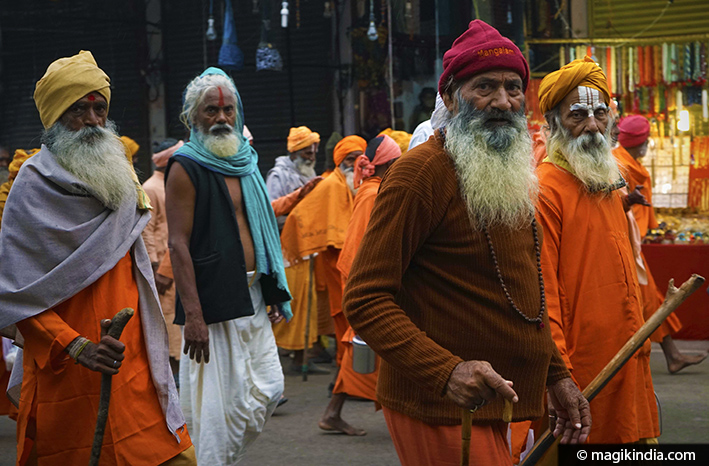
Camel fair of Pushkar
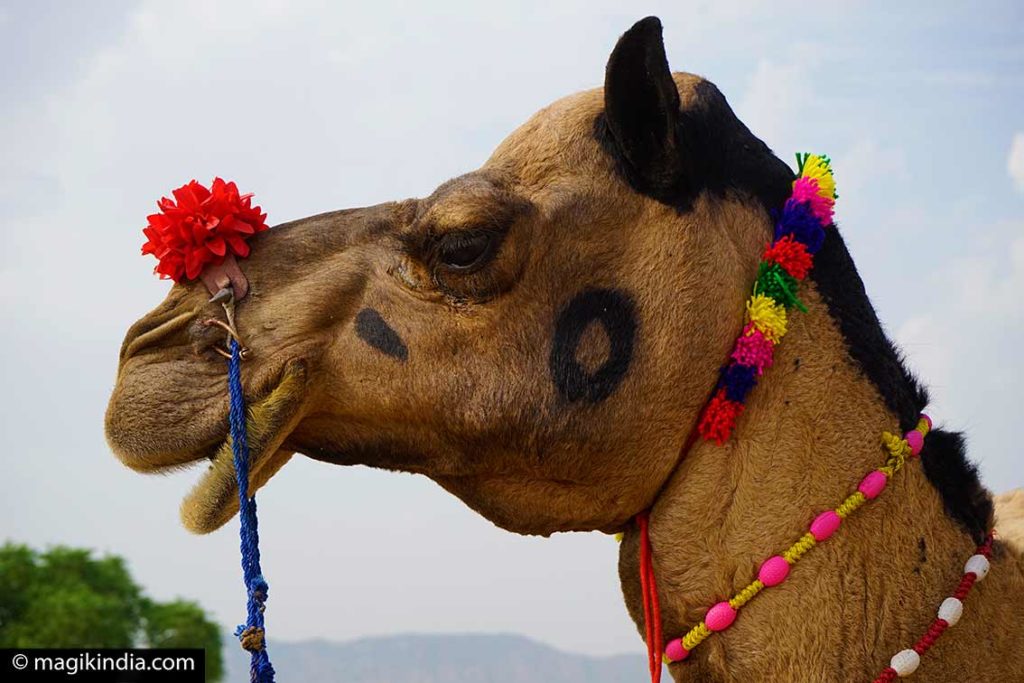
Pushkar’s annual camel fair, the largest in India, is unique. Tens of thousands of camels are brought to the town to be sold or exchanged, and there are numerous events and festivities reflecting the rich culture of Rajasthan.
And now, let’s Visit Pushkar!
Pushkar lake and Ghats
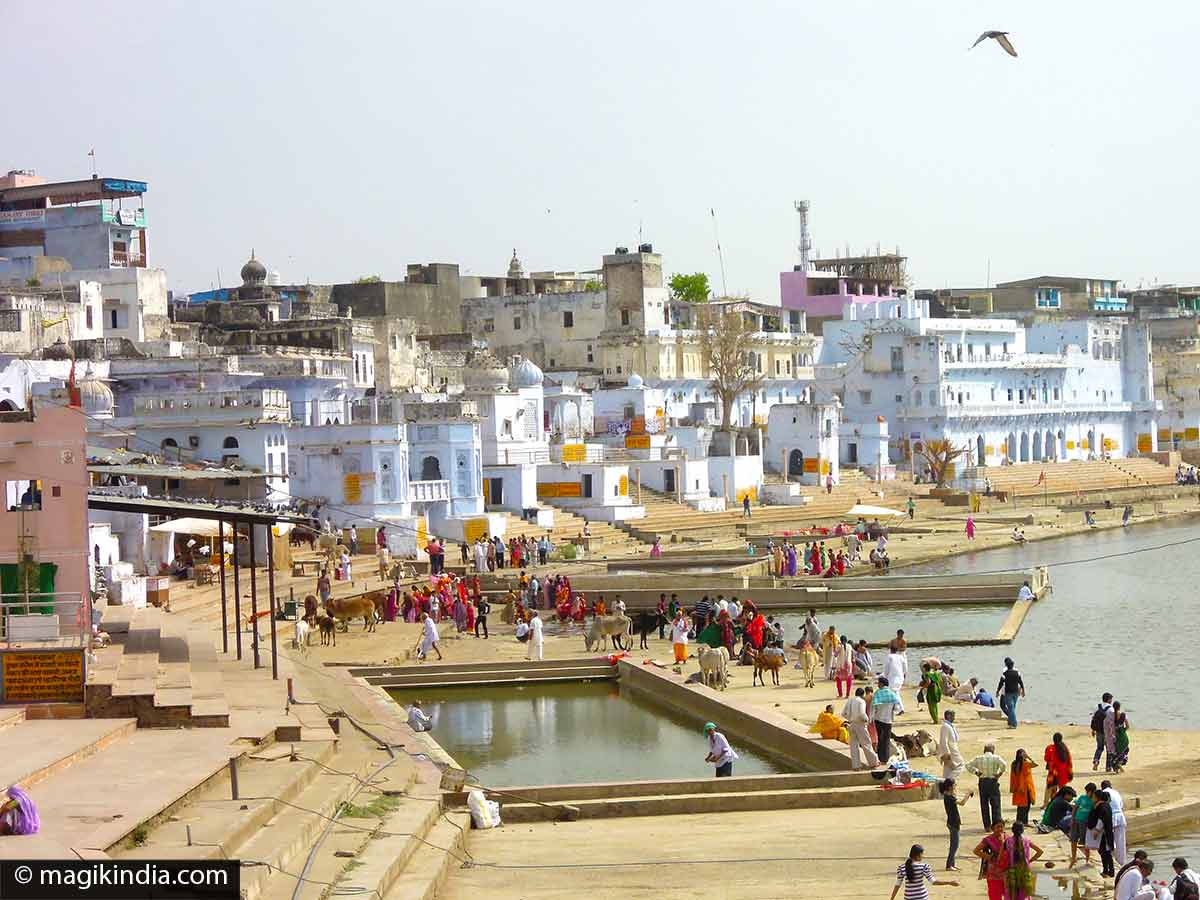
The lake and its 52 ghats (flight of steps leading down to the water) are a delight at any time of day, though of course they are busiest in the morning when pilgrims come down to the lake for their ritual ablutions. Visitors are expected to respect the privacy of the faithful taking their ritual baths.
As in Varanasi and Haridwar, an arati ceremony is held each evening at sunset to the sound of sacred chants. The ceremony is dedicated to the lake itself.
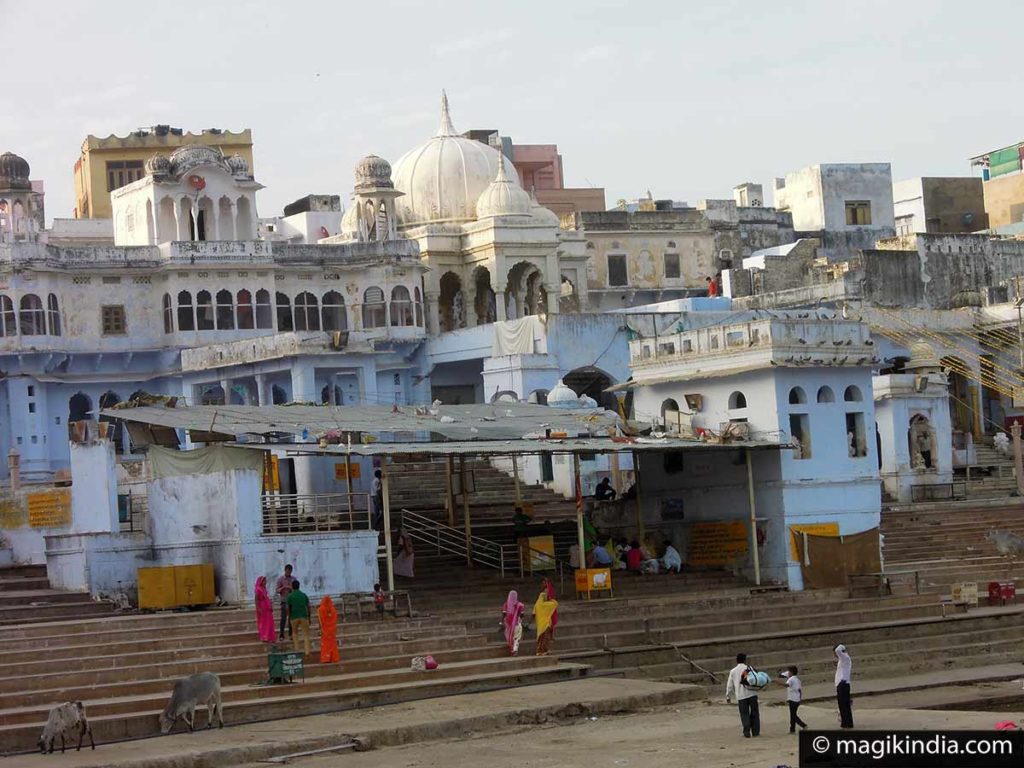
[ Video of the evening arati ritual in Pushkar’s lake ]
Jagatpita Brahma Temple
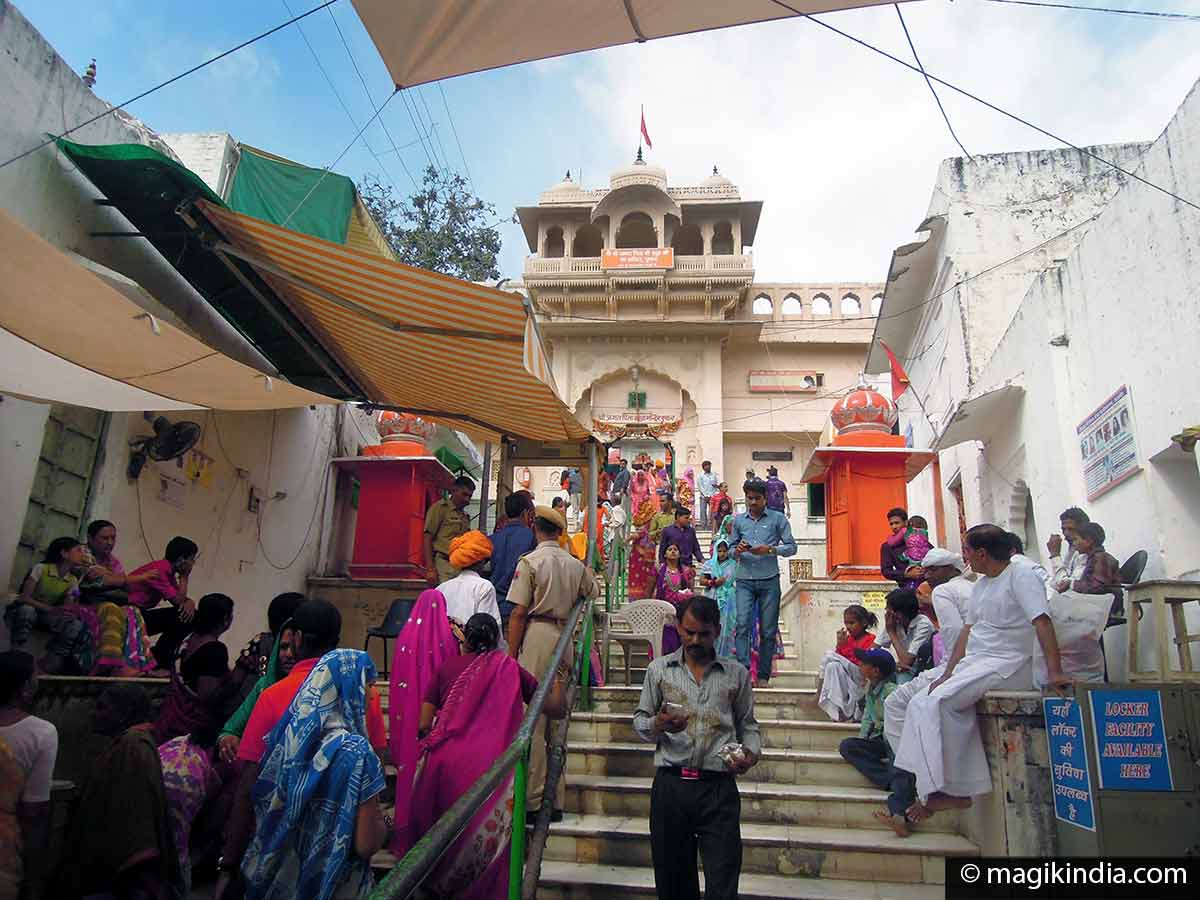
There are more than 400 temples in the town, but Jagatpita temple is the most visited because it is the only one dedicated to Brahma, creator of the universe.
In India, all the gods and goddesses have multiple temples dedicated to them, scattered all over the country. But the god Brahma have only one temple in India, that of Pushkar.
The reason for this lies in Hindu mythology. It is said that at the same time Brahma was creating the universe, he also created a female deity known as Shatarupa. This goddess was so beautiful that Brahma fell madly in love with her and he couldn’t stopped watching her wherever she went.
Shatarupa, embarrassed by this extreme attention, tried to escape his sight by going in all directions. To be able to see her wherever she went, Brahma developed four heads. Shatarupa was so desperate that she fled to the sky; Brahma then created a fifth head flourished to the top of the other four.
This impious behavior of the god Brahma greatly irritated Lord Shiva; he punished him by cutting off his fifth head and forbidding him to be worshiped in temples.
TThe story of Brahma and Shatarupa reminds believers not to be too attached to material things that are temporary, but rather to focus on developing the Self that is permanent.
The existing structure of the temple dates from the 14th century but there is said to have been a temple on the site for 2000 years. It is a major place of pilgrimage, most of all in October when the Hindu Kartika Purnima festival is held. This is also when the Pushkar Camel Festival takes place.
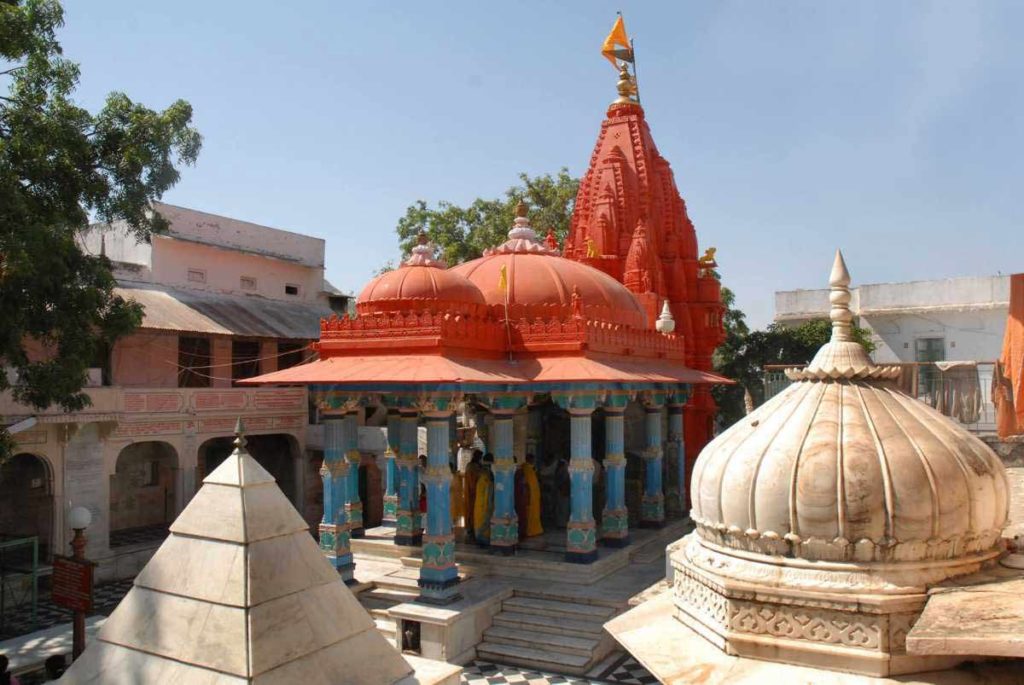
Savitri Temple

Savitri temple stands atop the Ratnagiri hill overlooking Pushkar town. The temple is fairly new (20th century), but the statue of Savitri is said to date from the 7th century.
To reach the top, you can climb 600 steps or take the ropeway – it takes about 40 minutes by walk amongst pilgrims, but is is well worth the effort because the panoramic view of Pushkar is superb. Best of all is to start early so as to enjoy the sunrise.

Legend has it that when Brahma performed a yagna (fire ritual) beside the lake, Savitri, his first wife, was unable to arrive in time so Brahma performed the ritual with another goddess, Gayatri, who became his second wife. Savitri was so angry that she went off to the top of the hill and settled there. She insisted on her right to be worshipped before Gayatri. That tradition still holds: at arati (the flame offering), the lamps are offered first to Savitri and then to Gayatri.
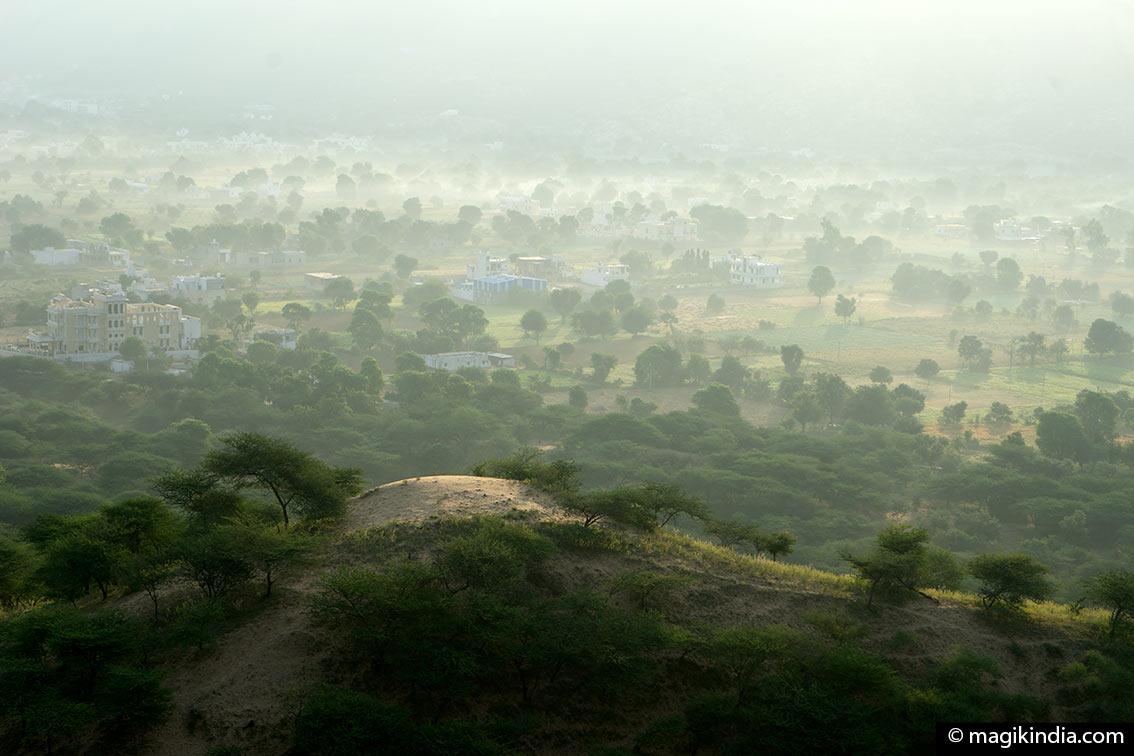
Old town
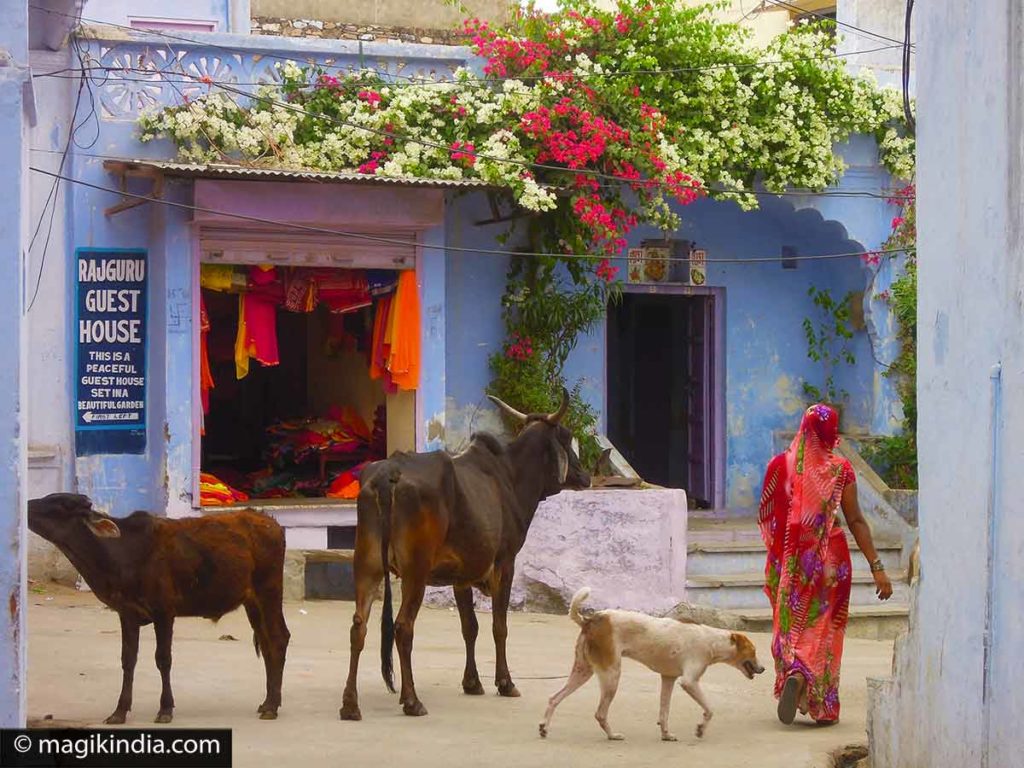
In the sixties, the spiritual and serene aura of Pushkar attracted many hippies. Many cheap hotels and restaurants flourished all around the lake. Today, the city is still welcoming new generations of hippies who mix with other tourists and Hindu worshipers.
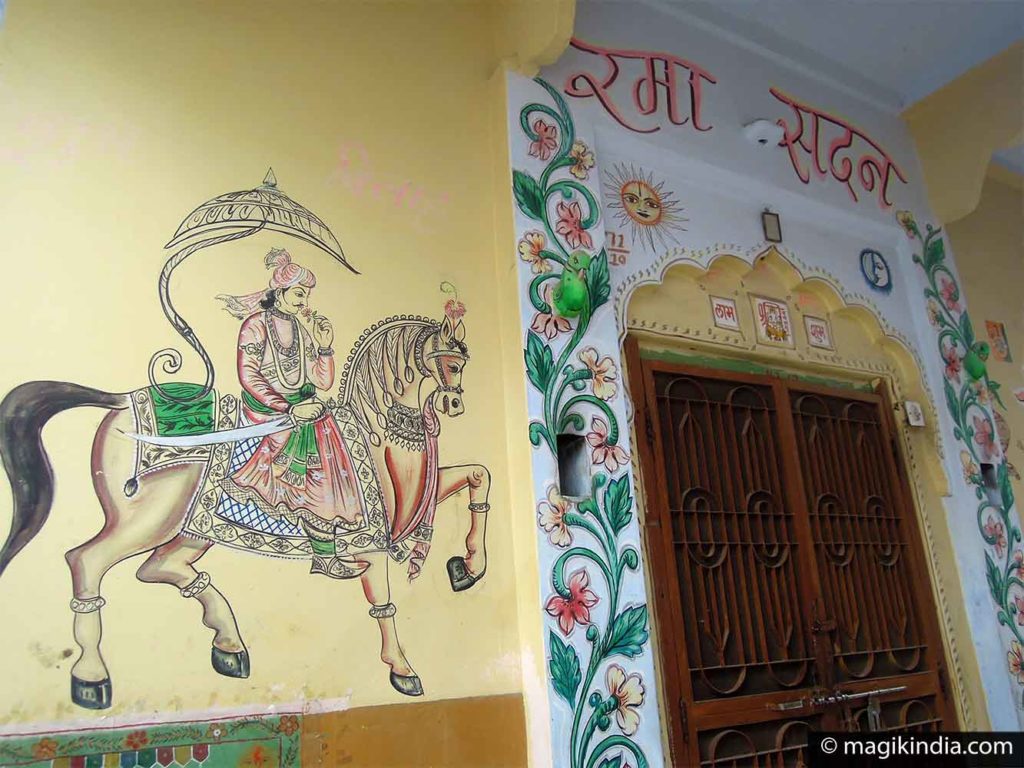
If you want to discover another face of Pushkar, far from the tourist hubbub, move away from the shores of the lake and its bazaars and get lost in the alleys at the top of the city. Here you will find real Indian life with welcoming locals, authentic shops and old mansions nicely decorated with frescoes.

Old Rangji Temple / New Rangji Temple

The graceful Old Rangji temple was built in 1823 by Seth Puran Mal Ganeriwal of Hyderabad. It is dedicated to Rangji, one of the incarnations of the Hindu god Vishnu.
It is unique in being built in three different architectural styles, Mughal, Rajput and Dravidian (South Indian).
Non-Hindus are not allowed in, but its exterior is well worth a look.
There is another, more recent, Rangji temple on the way into town. It too is forbidden to foreigners.

Gurdwaras
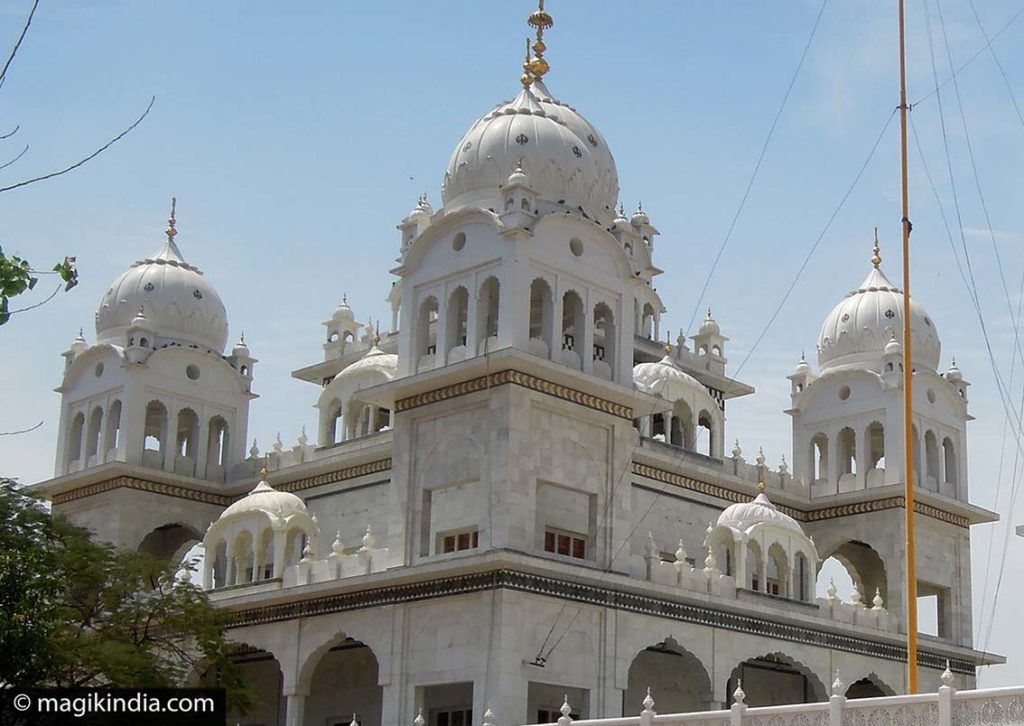
Pushkar is also an important place for the Sikh community. It has two Gurdwaras dedicated to Guru Nanak and Guru Gobind Singh. One of the bathing ghats, the Gobind ghat, was built in memory of Guru Gobind Singh and marks the place where he stayed from 1705 to 1706 after being expelled from Anandpur by Aurangzeb, ruler of the Empire Mughal.
Aloo Baba Ashram (5km)
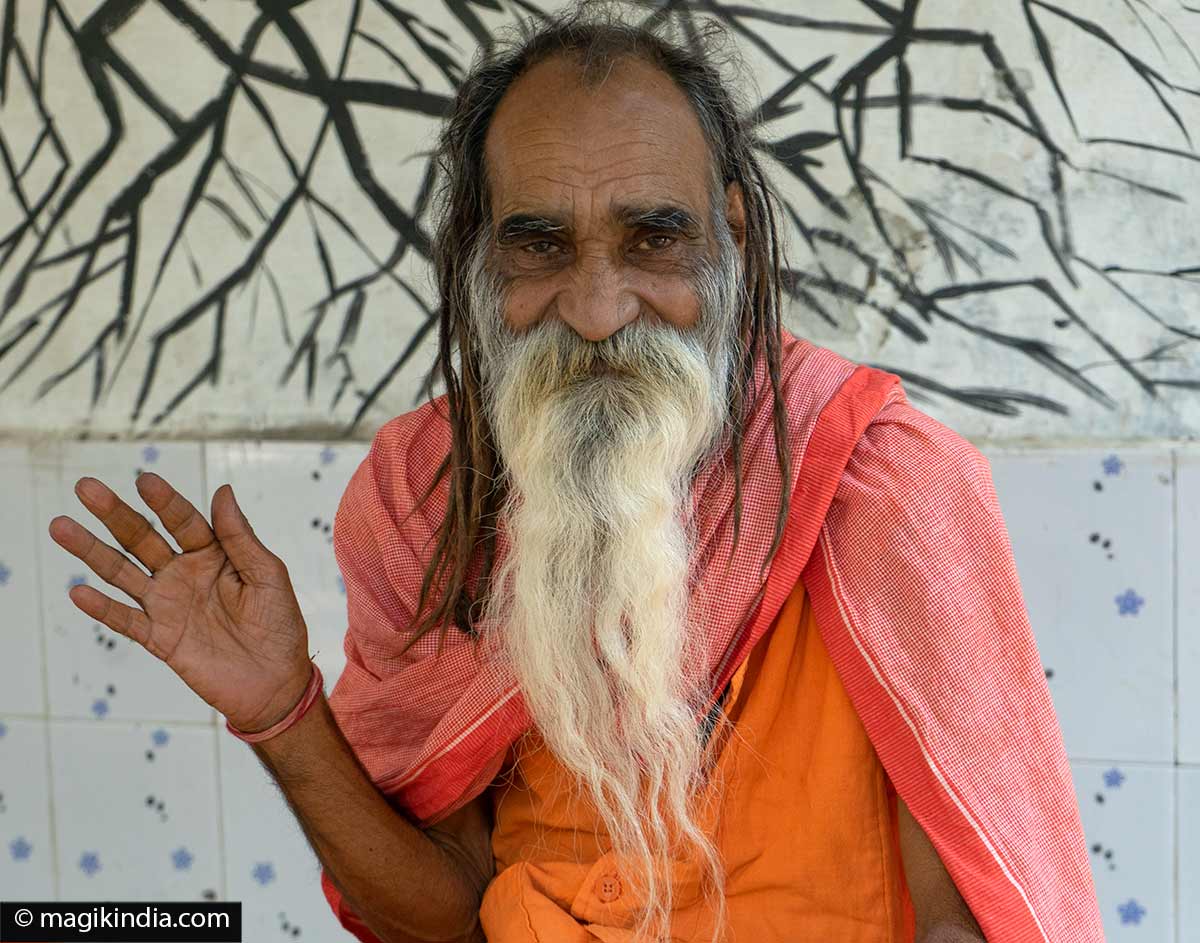
There is a curiosity halfway along the road to the Ajay Pal Ajgandheshwar temples: the ashram of a saddhu (ascetic) nicknamed Aloo Baba because he only eats potatoes (aloo being Hindi for “potato”).
His temple is covered in a variety of graffiti: this sadhu is an original, and one with a sense of humour. He enjoys having Westerners around and spending time with them.

Ajay Pal and Ajgandheshwar Mahadeva Temples (10km)
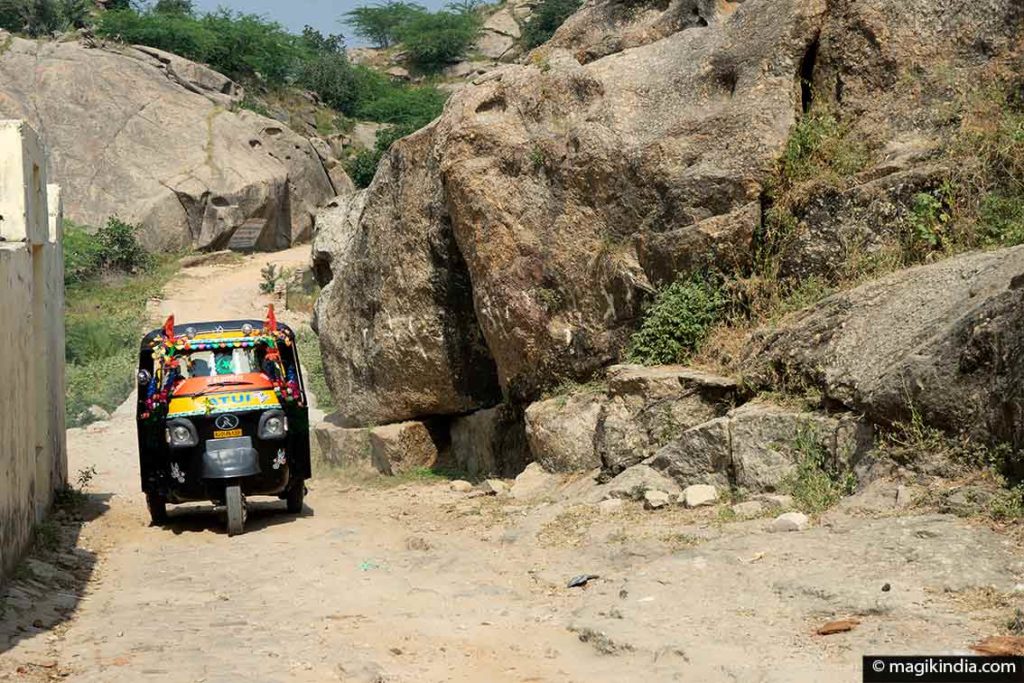
The temples of Ajay Pal and Ajgandheshwar Mahadeva are set in a picturesque, unspoilt place. To reach it one has to follow winding, stony paths up and down the Avaralli hills, but the walk is worth it in its own right; the landscapes are just amazing.

Ajay Pal temple was built in the 11th century by Raja Ajay Pal, founder of Ajmer. Ajgandheshwar temple consists of several shrines with Shiva Lingams and a space designed for yagams (fire rituals).
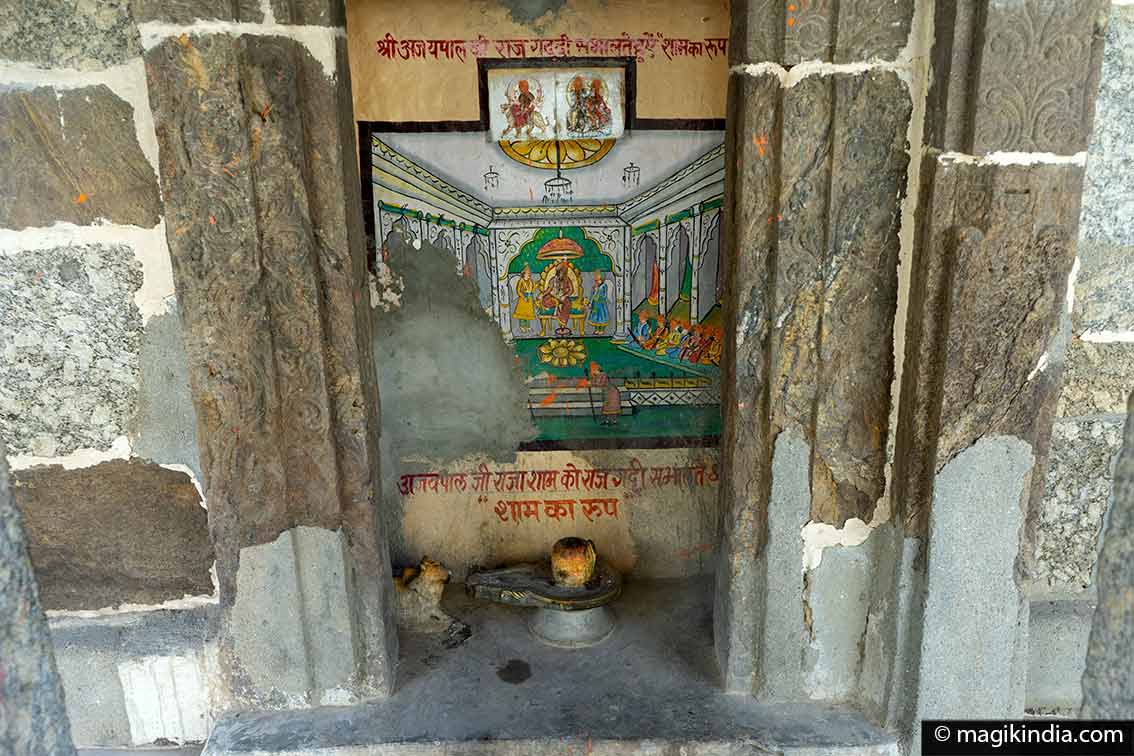
Just down the road after the temples, a sadhu has made his ermitage. He welcomes you warmly while showing you impressive yoga postures.
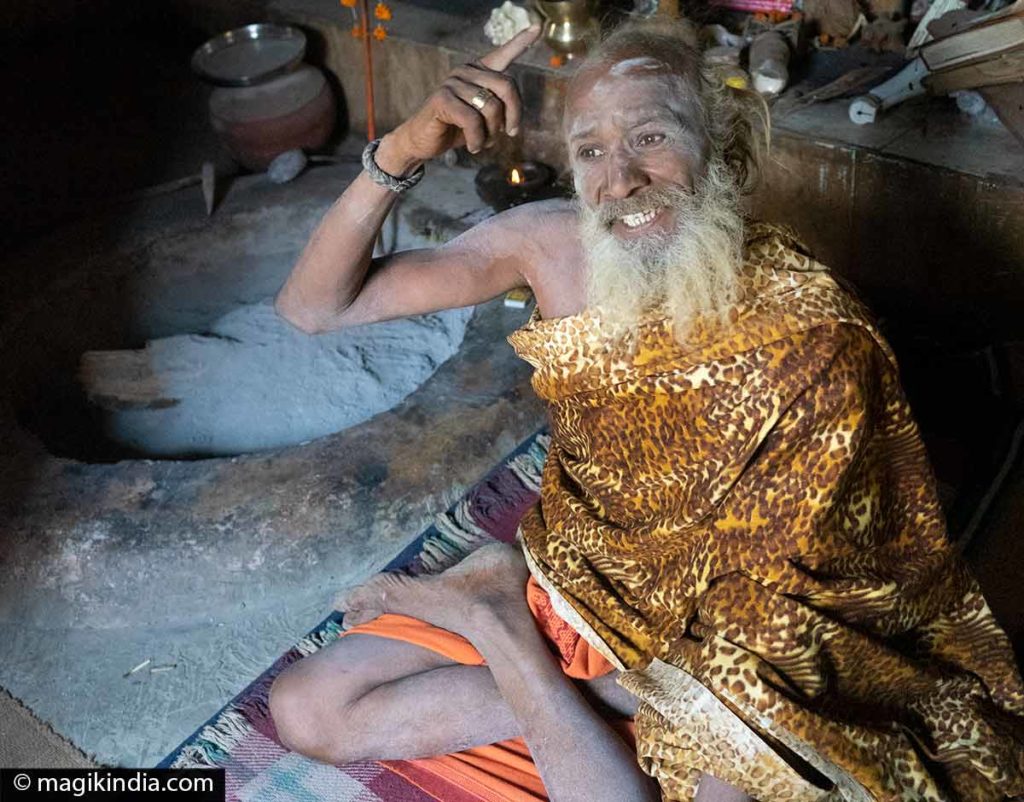
Ajmer (16km)***

The town of Ajmer, 16km from Pushkar, is built around Lake Anasagar. This bustling town, the third largest in Rajasthan, is famous for its Sharif Dargah temple dedicated to the Sufi saint Khwaja Moinuddin Chishti.
Thousands of pilgrims of all confessions come here to pray. The Dargah, at the foot of Taragarh Hill, consists of several white marble buildings set around two courtyards, and the Akbari Mosque, built by the Mughal emperor Shah Jahan, which houses the domed tomb of the Sufi saint.
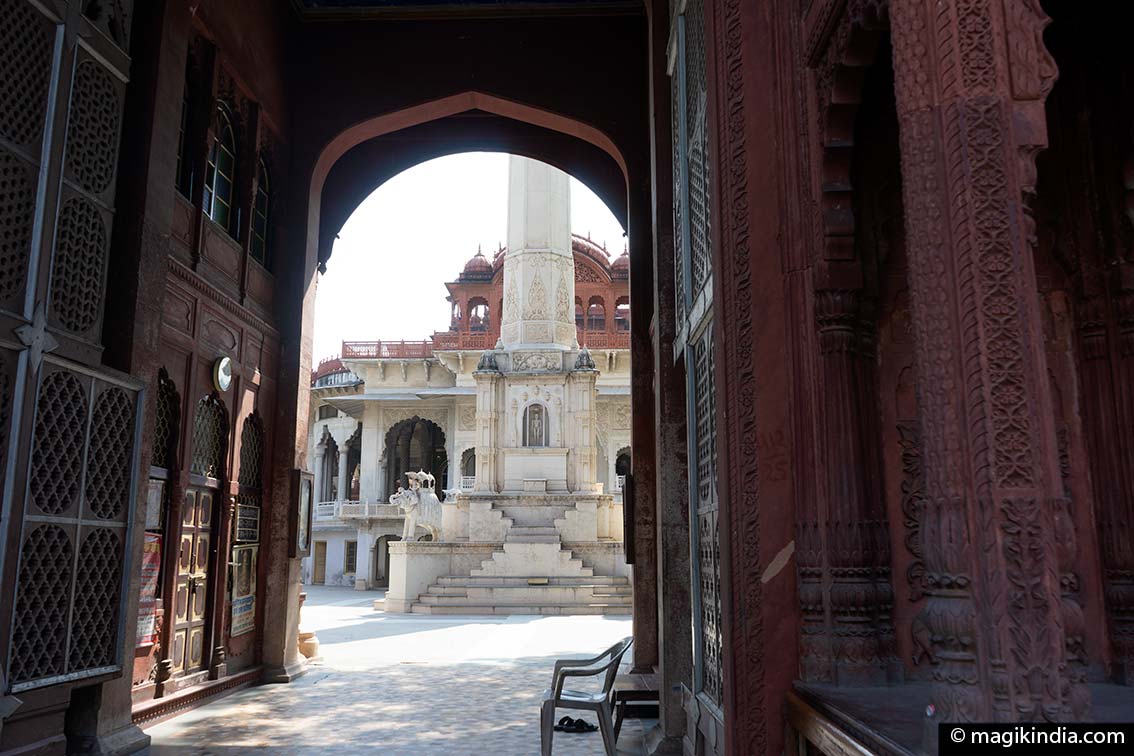
Ajmer is also known for its Jain temple ‘Soniji Ki Nasiyan’ built in the 19e century. This temple, rather simple in appearance, contains a unique room in India called ‘Swarna Nagari’ or city of gold. This golden hall representing the city of Ayodhya contains no less than 1000 kg of gold. It took 25 years to complete this replica of the city of Ayodhya built according to the descriptions contained in the Adi Purana (ancient Indian script).
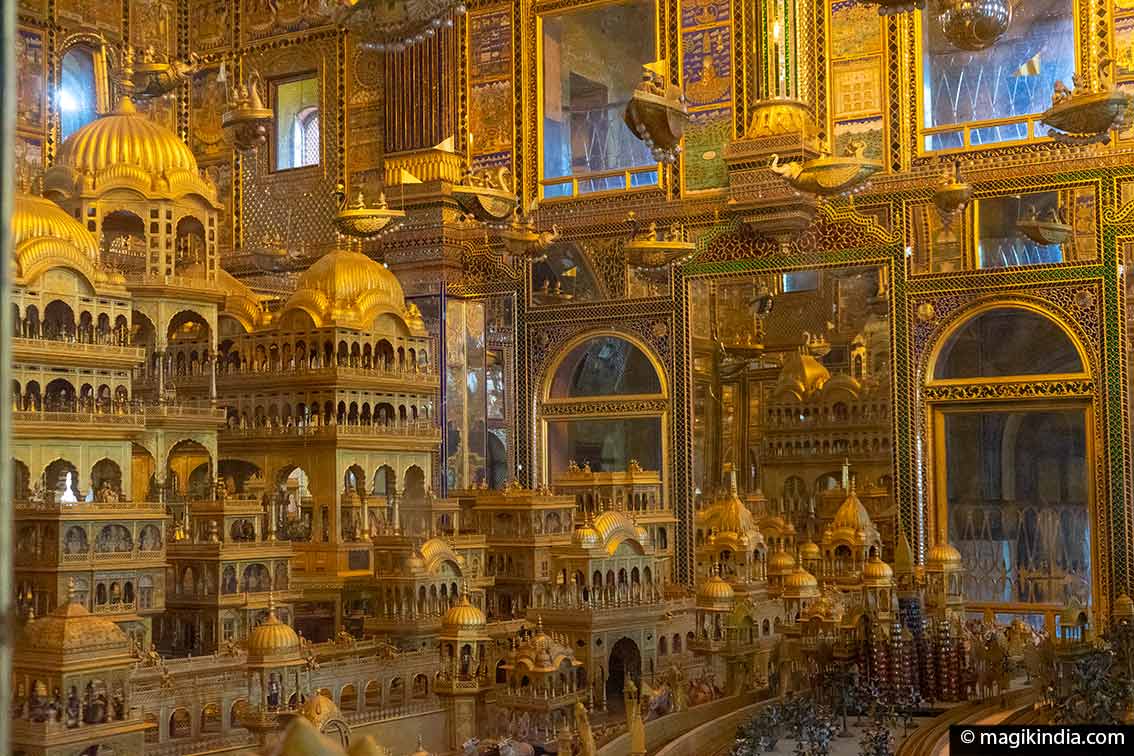
Vous aimerez peut-être aussi...
2 Comments on “Pushkar, the abode of lord Brahma”
Leave a Reply
You must be logged in to post a comment.

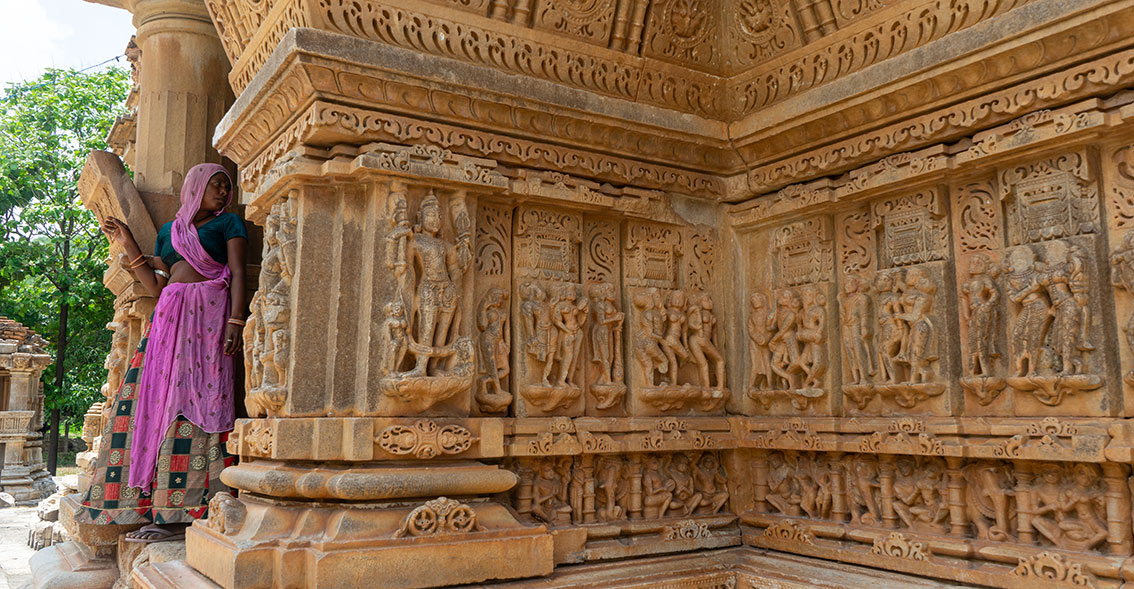
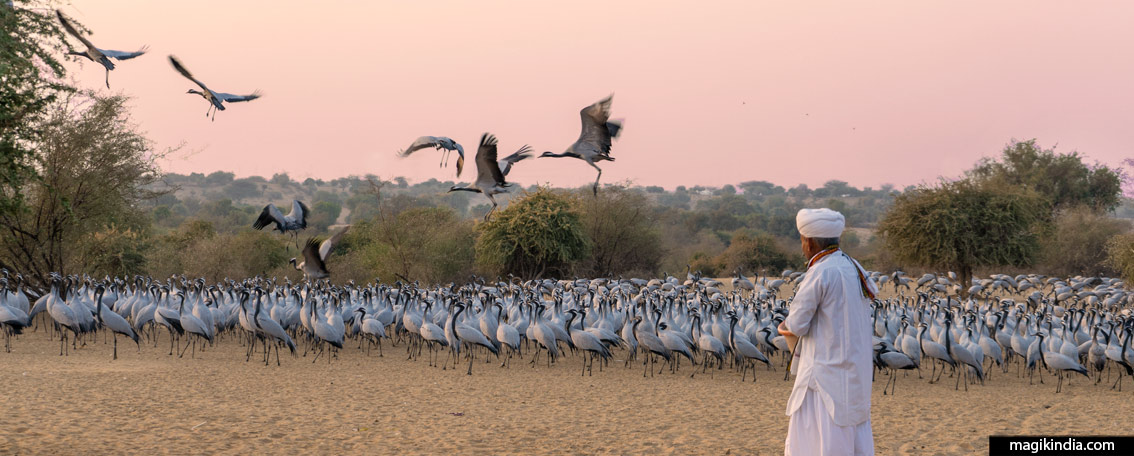
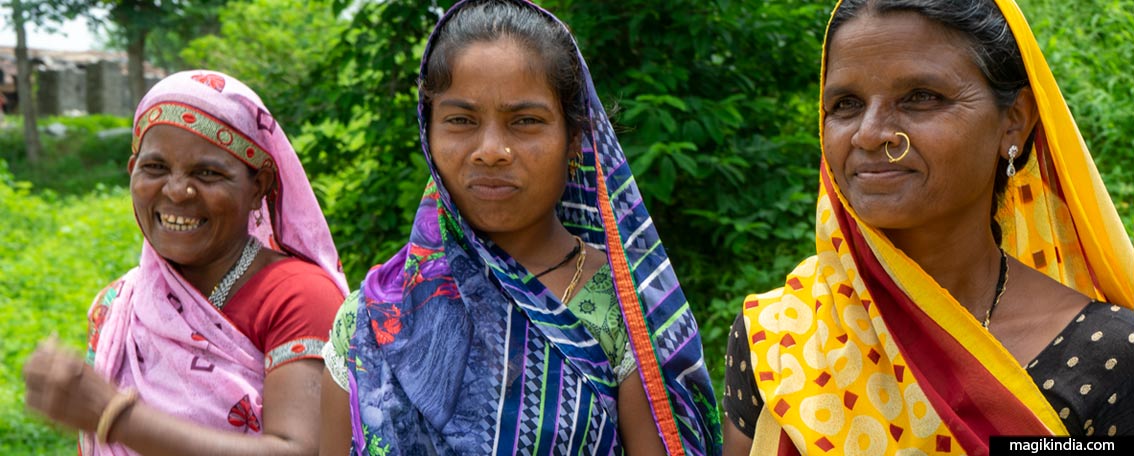
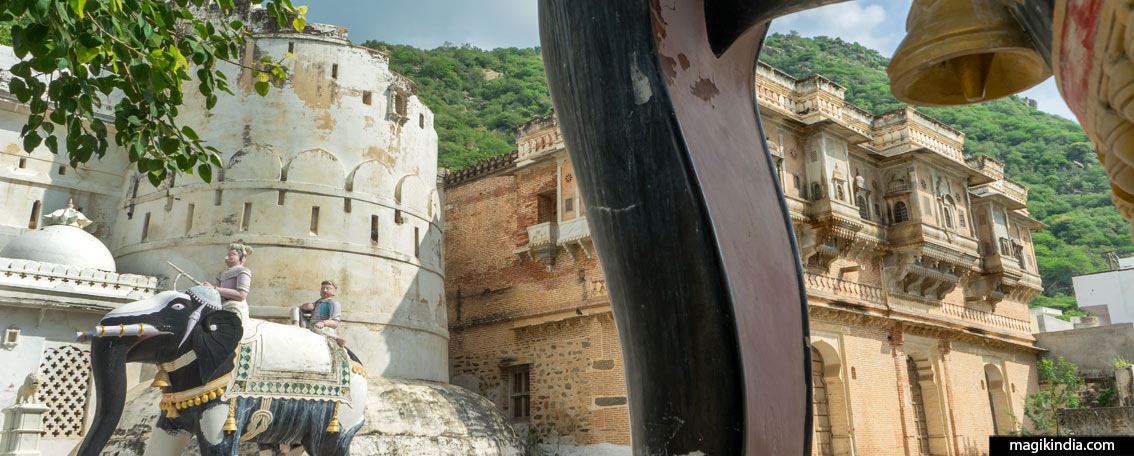
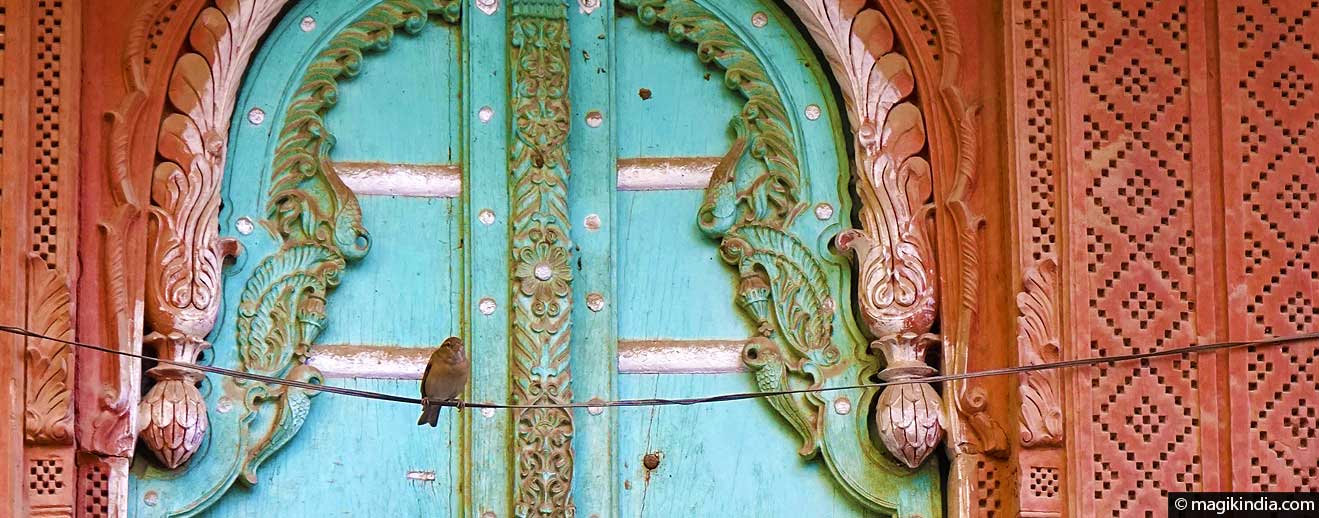
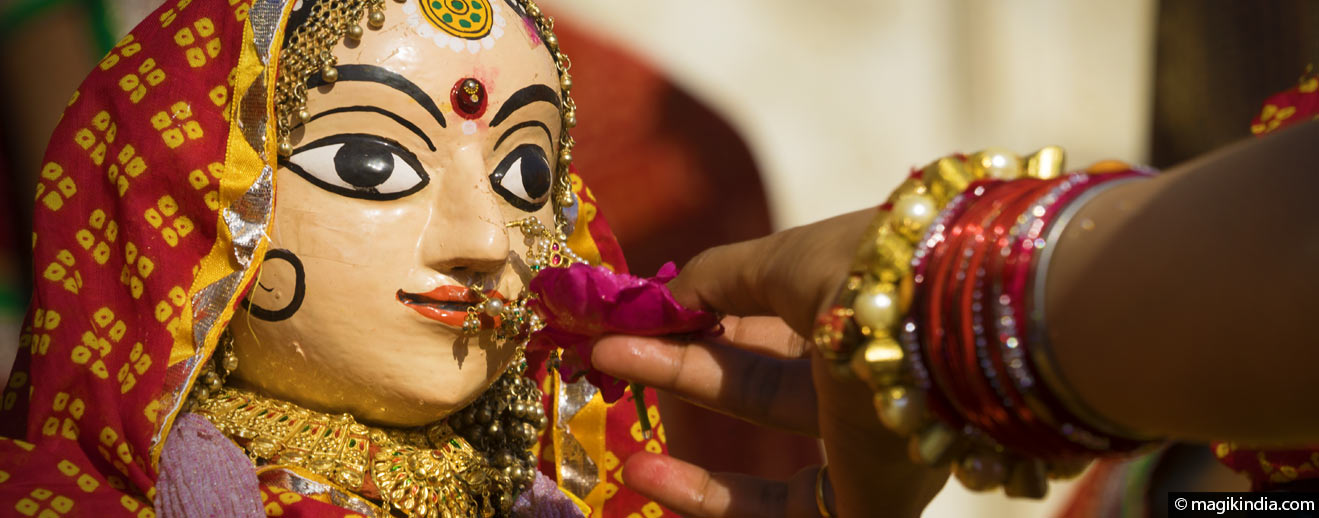
Thanks for your message Optima !
Excellent article on Pushkar, a Hindu pilgrimage site. Best aspect is that whatever a leisurely exploration need to cover has been detailed. There are many attractions which were not even known to me while visited Pushkar.